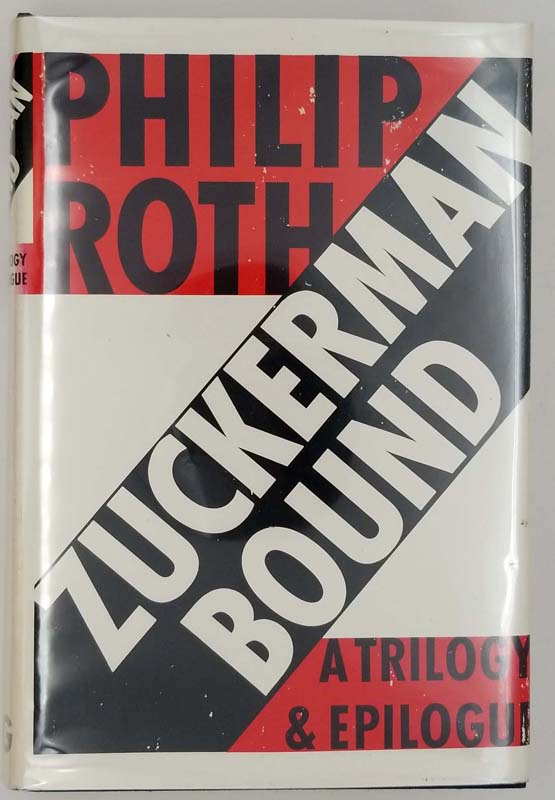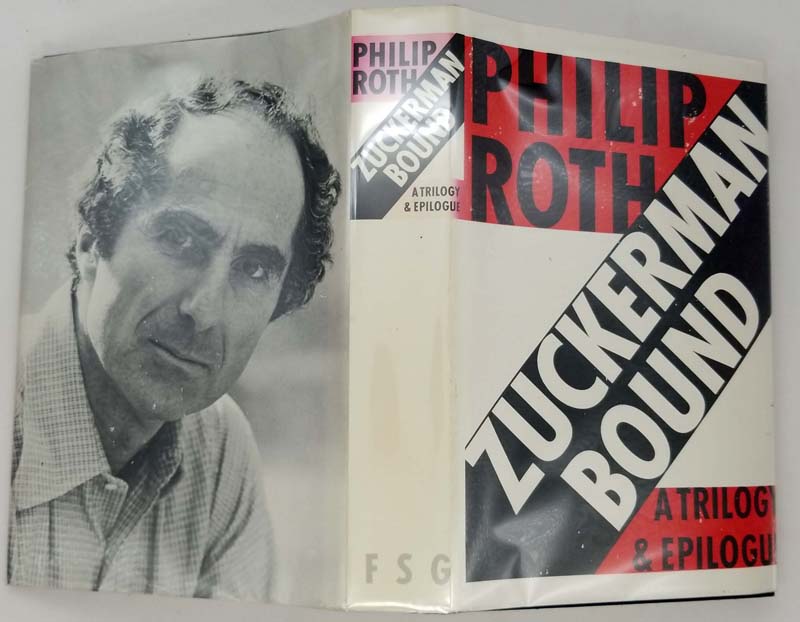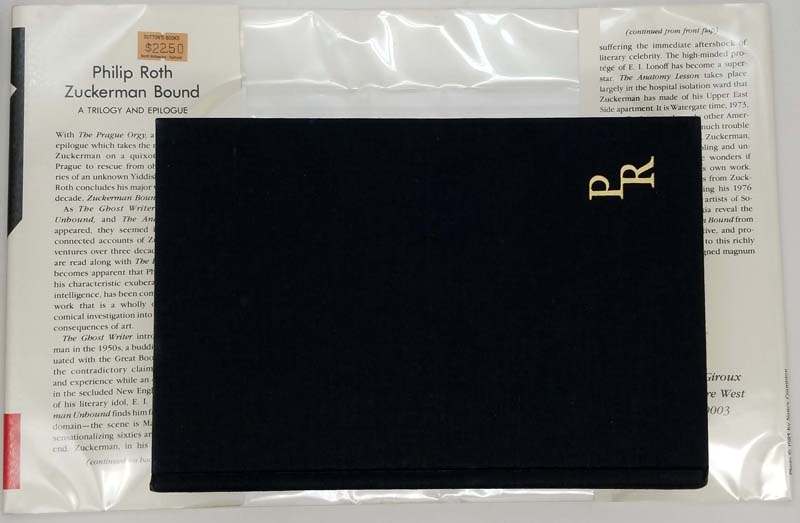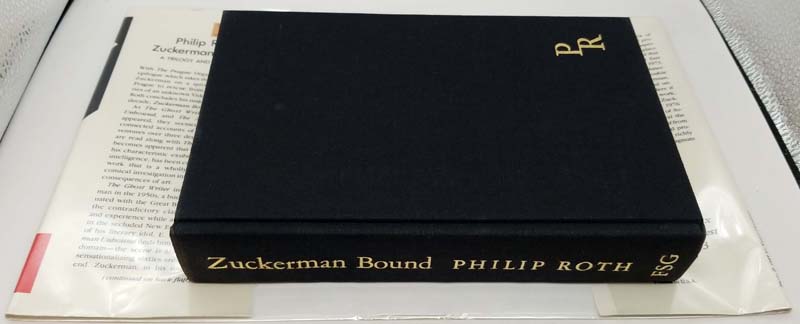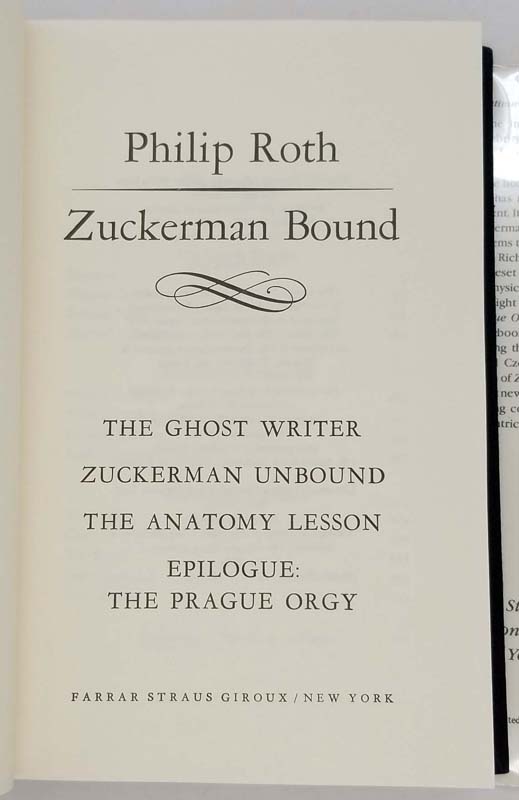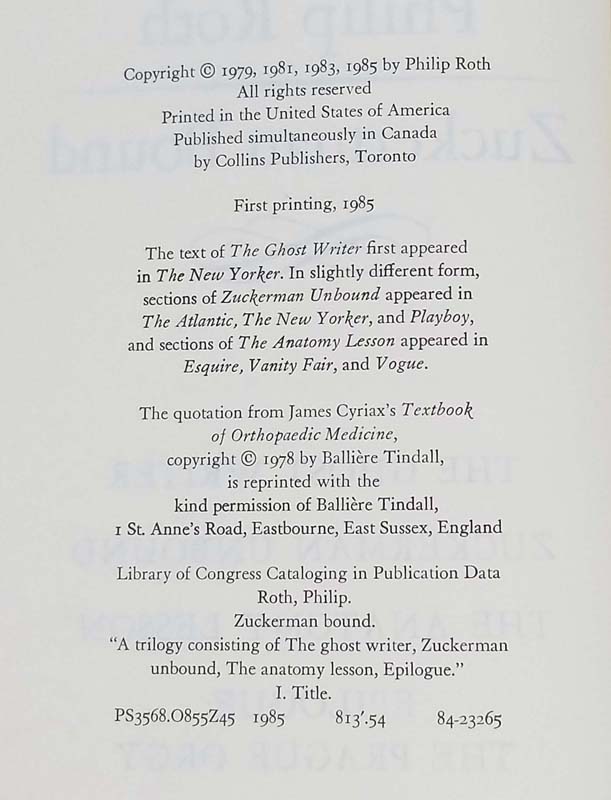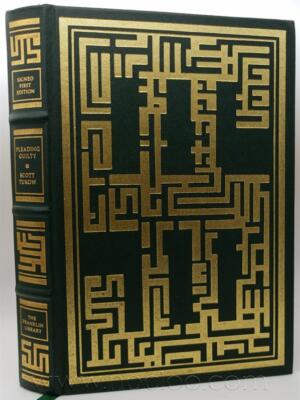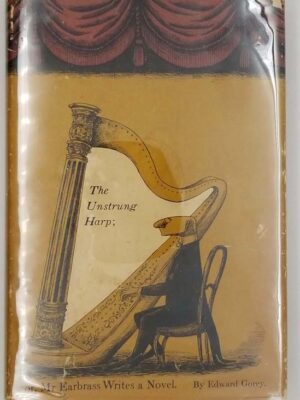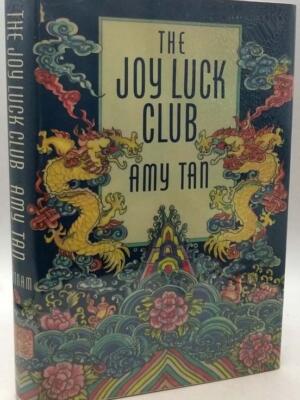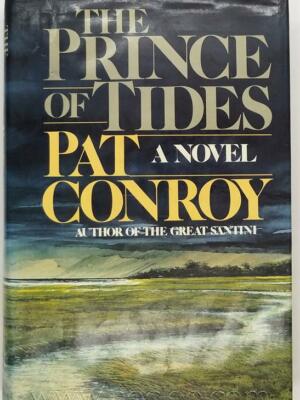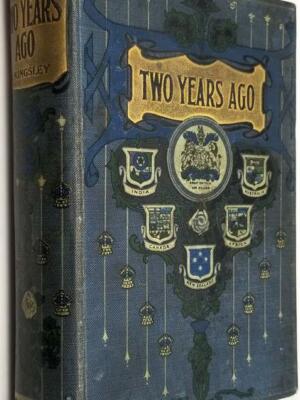Zuckerman Bound: A Trilogy (1985) by Philip Roth is a masterful trio of interconnected novels—The Ghost Writer (1979), Zuckerman Unbound (1981), and The Anatomy Lesson (1983)—that explore the life, art, and existential turmoil of Nathan Zuckerman, Roth’s brilliant and tormented literary alter ego. This semi-autobiographical saga traces Zuckerman’s journey from an ambitious young writer in the 1950s to a controversial celebrity author grappling with fame, family, and the burdens of artistic creation.
In The Ghost Writer, a 23-year-old Zuckerman seeks mentorship from the reclusive E.I. Lonoff (a nod to Henry James) while fantasizing that a mysterious young woman might be Anne Frank, symbolizing his own Jewish guilt and literary aspirations. Zuckerman Unbound catapults him into 1960s fame after his scandalous bestseller Carnovsky (a stand-in for Roth’s own Portnoy’s Complaint), exposing the absurdities of celebrity and the personal costs of public outrage. The Anatomy Lesson finds a middle-aged Zuckerman in physical and creative agony, his back pain and writer’s block mirroring his crisis of identity.
Roth’s razor-sharp prose dissects themes of Jewish-American identity, the artist’s responsibility to truth, and the paradox of fiction: the more Zuckerman mines his life for art, the more reality punishes him for it. The trilogy’s coda, The Prague Orgy (included in some editions), adds a Kafkaesque twist as Zuckerman confronts censorship in Cold War Czechoslovakia.
A cornerstone of Roth’s oeuvre, cementing Zuckerman as one of literature’s great self-lacerating protagonists.
“Roth’s Zuckerman is the Jewish Dostoevsky—a man whose mind is both prison and sanctuary.” — The New York Review of Books
